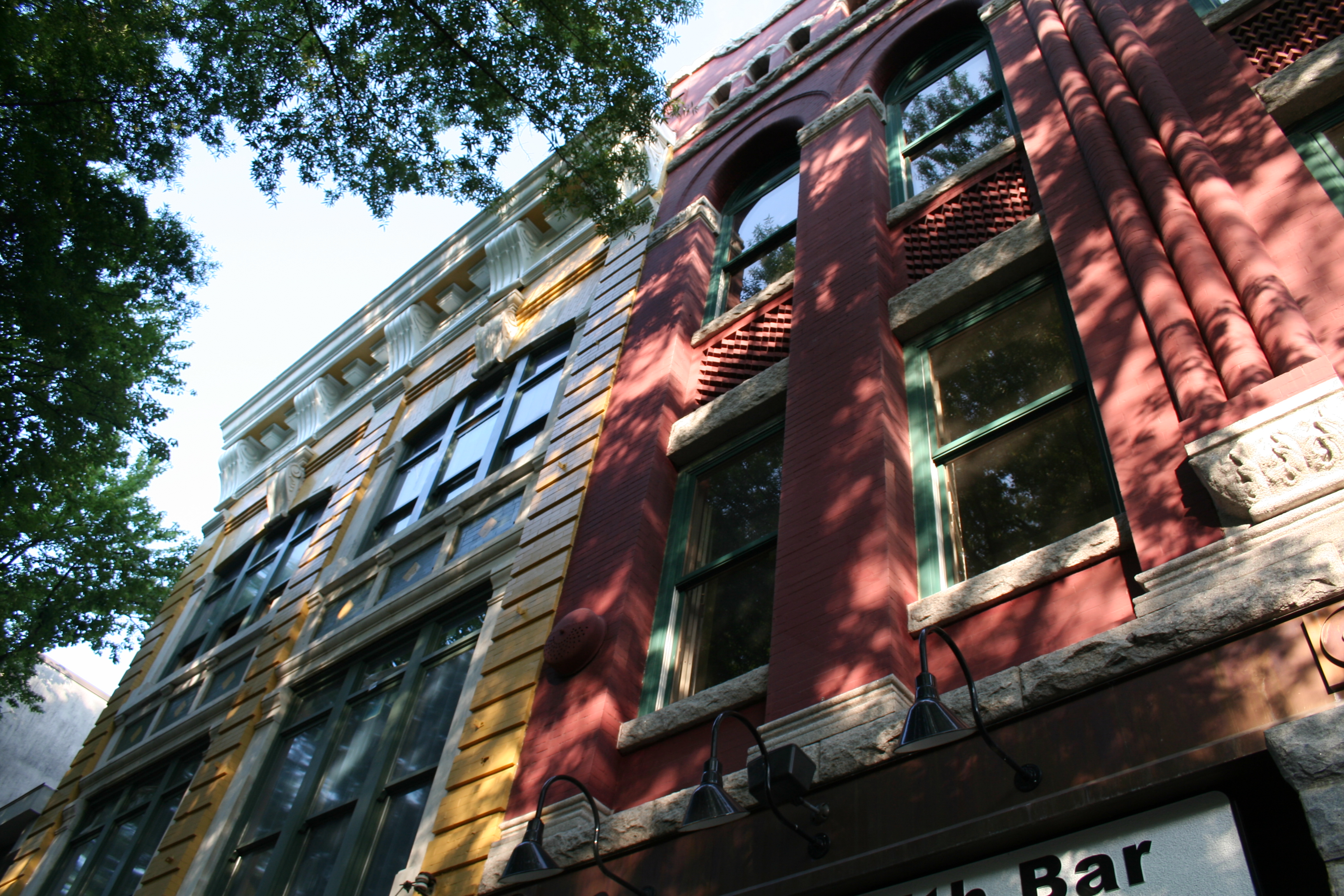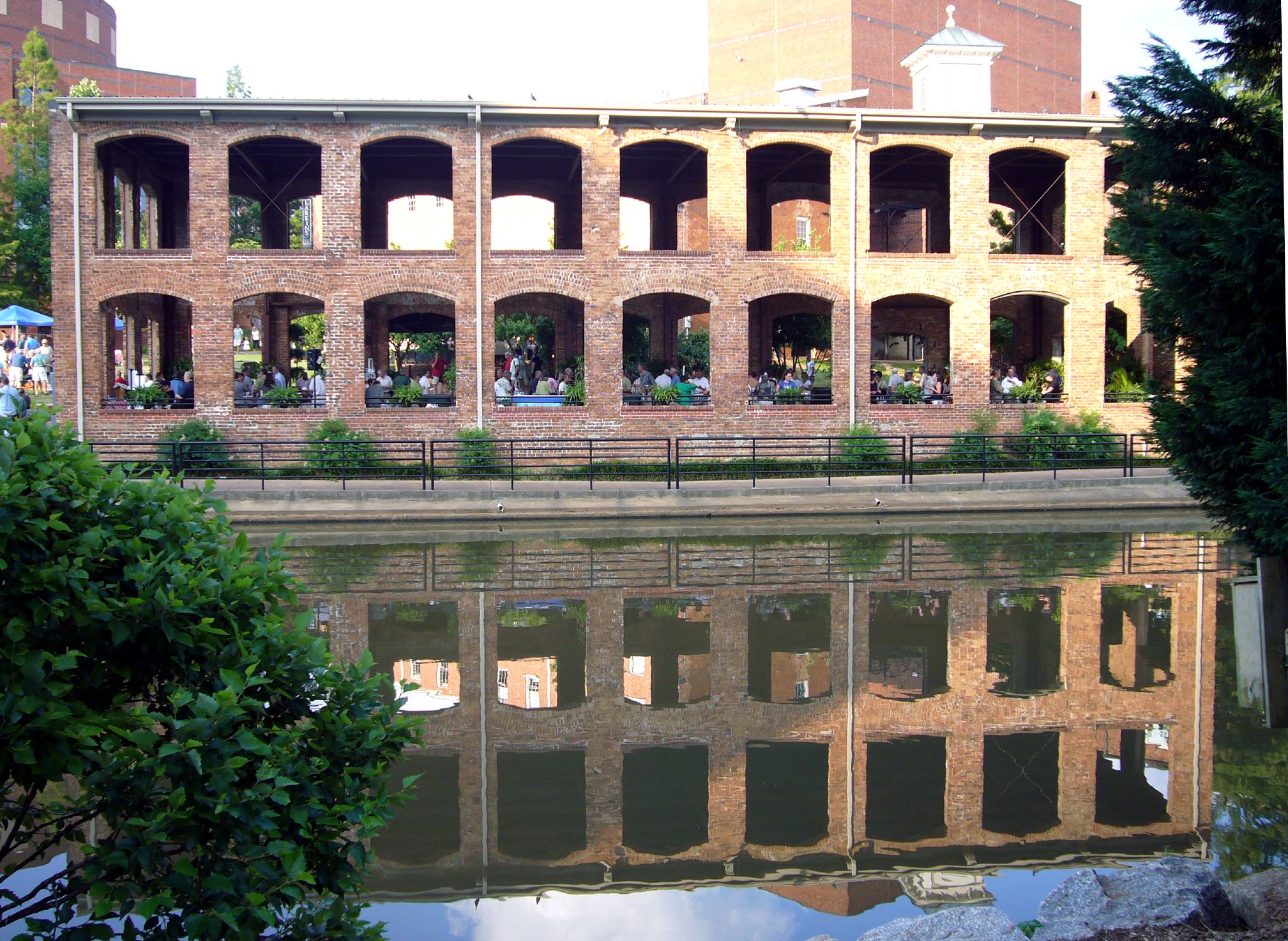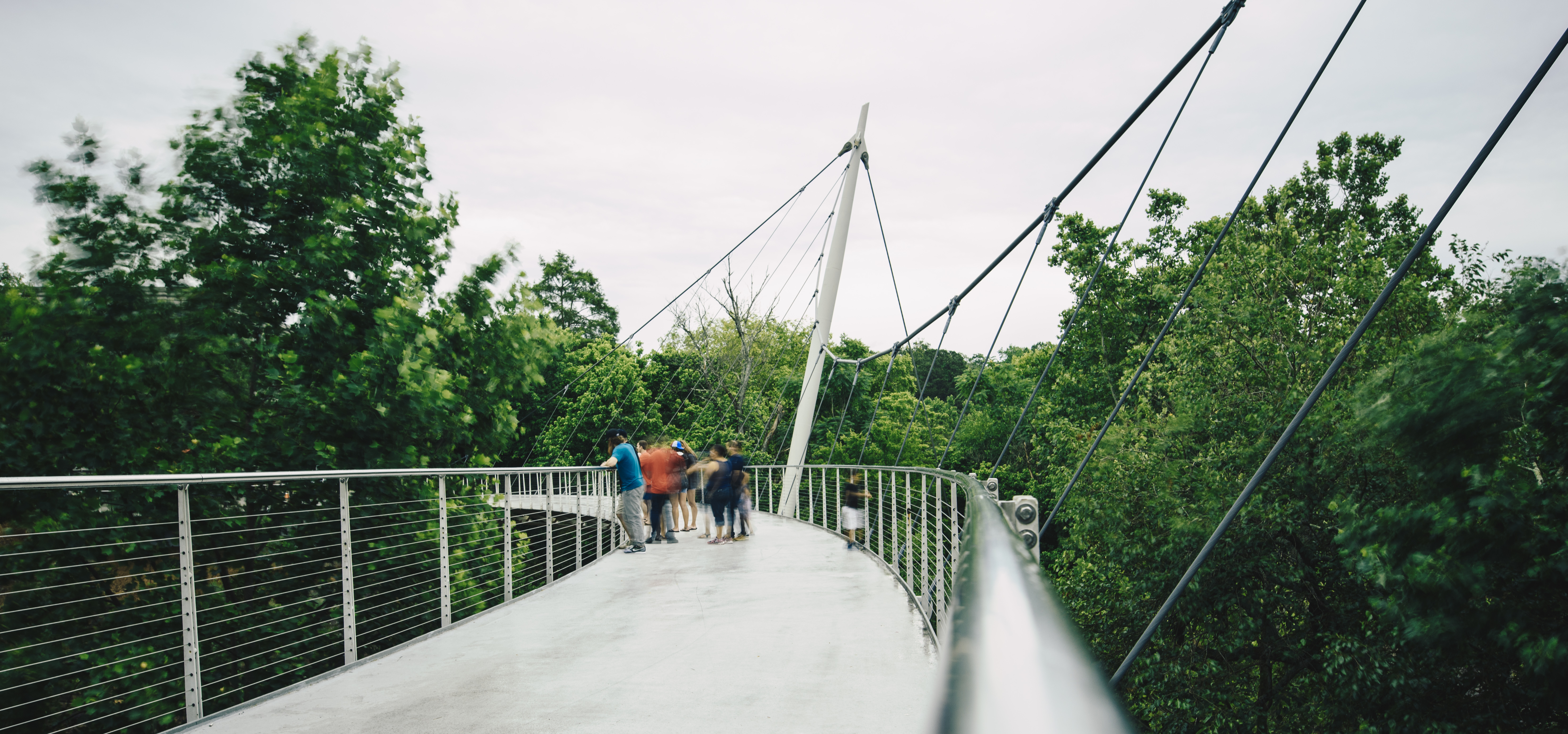
News
By Smart Growth America, November 8, 2017

With part one of the forum in Denver, CO now in the rearview, Smart Growth America is getting ready for the second round of the Amazing Place Ideas Forum, happening November 14-16 with generous support from the Knight Foundation. Here’s a sneak peek at some of the sites and attractions we’ll tour in our host city, Greenville, SC. Read about the city’s 40-year effort to create one of America’s most beautiful main streets through historic preservation, brownfield redevelopment, and riverfront investment. The participating Amazing Place cities also weighed in with what they’re most eager to learn about in the southern city, and the lessons they hope to bring back to their hometowns.
The Amazing Place Ideas Forum is an experiential gathering of leadership teams from five American communities to look at innovative placemaking strategies in action.
Travel + Leisure calls Greenville’s Main Street one of the nation’s best, but this wasn’t always the case. Main Street was once a four-lane highway with narrow sidewalks that made walking unsafe, and vacant storefronts dotted the street as a result.
Greenville’s leaders knew that if they wanted to attract visitors downtown, they would have to make this street safer and more welcoming for people walking. In the 1970s the city redesigned the street, transforming the fast-moving highway into a two-lane, pedestrian-focused boulevard with wide sidewalks and angled parking. The city also financed structured parking garages, freeing up land that had previously been used for parking lots for new development. And the city planted hundreds of street trees, which are now a signature of downtown Greenville.
Greenville deliberately focused on details that enhance visitors’ experience, including art, lighting, signage, seating, events, and a mix of building uses. All these efforts along with the street improvements have made Main Street a fantastic place to walk, bike, shop, sit at a café, or spend an afternoon.
“Greenville worked hard to create a mixed-use environment, but we also went beyond that and developed our city’s distinct personality. We planted magnificent trees on the main street, and connected our city to its waterfall — water and trees go to the core of Greenville’s personality. We also filled the downtown with public art, water features, and carefully preserved our historic buildings,” explained Greenville’s Mayor Knox White.

Running through Greenville is the Reedy River, which cascades into a picturesque waterfall in the heart of downtown. For decades, the river was a neglected afterthought: in the city’s textile days, it was nicknamed “Rainbow Reedy” for the fabric dyes that washed downstream and contaminated the water. And in 1960, the Camperdown Way Bridge—a four-lane highway overpass—was built across the river, obstructing views of the falls and public access to the water.
In the 1980s, as other parts of the city’s renaissance began to take hold, local leaders recognized the river’s potential as a community gathering space. The city worked with the South Carolina Department of Transportation and the Federal Highway Administration to evaluate and eventually demolish the Camperdown Way Bridge. In its place, the City planned an ambitious riverfront park and pedestrian bridge. Through a combination of support by the Carolina Foothills Garden Club, individual donations, corporate pledges, and the city’s hospitality tax, Greenville renovated the riverfront park and built Liberty Bridge in 2004, a stunning walkway across the falls that is now a Greenville landmark. The $13.5 million project has already spurred millions of dollars of investment in riverfront hotels, housing, offices, and retail space.
“There was a period in Greenville’s history when people didn’t believe in downtown, and didn’t see why it was important to make it successful. The park is a great example—many people were fixated on the fact that we were taking down the highway bridge. What we had to do was change the discussion of removing a bridge, to highlight the creation of a beautiful park. We showed people what it will look like, and got people excited about it. And in the year and half after it opened, the park attracted over $100 million in private investment,” Mayor White elaborated .
As the five leadership teams explore the city of water and trees next week, be sure to follow the action on Twitter using the hashtag #AmazingPlaceForum.

Looking to the future with our Amazing Place teams
We checked in with some of the Amazing Place cities to see what they’ve been up to since the Denver forum. Here’s what the leadership teams have been working on, and what particular placemaking and downtown revitalization strategies they hope to learn during their time in Greenville:
Wichita, Kansas
, the Wichita team has had several in-depth discussions about how to take place-making to a new level. After a comprehensive brainstorming session, we’ve narrowed our focus to an exploration of three possibilities, including 1. how to make it easier for Wichita groups to host outdoor events that encourage varied and frequent community gathering, 2. how to connect our downtown and Wichita State University campus, both of which are undergoing amazing transformations, and 3. exploring community engagement models and best practices across the country that will produce robust community discussions on important topics like economic development, quality of place, and talent retention. We look forward to seeing what we can learn in Greenville that will help us take our thinking to the next level! – Janet Miller, Vice Mayor, City of Wichita
Macon-Bibb, Georgia
Macon-Bibb turned its experience in Denver into focusing more on connectivity and attractions in neighborhoods and looking at affordable housing in a new light. There has been renewed focus on programming in an abandoned community center and in having affordable housing integrated in to planned projects along with better programming. This was inspired expressly by the visit to the Mariposa project in Denver. A renewed sense of transit service is also being explored as well. We are eager to see what a peer city in the Southeast has accomplished, particularly with the integration of a trail system into downtown. We also hope to seek new ideas for connecting neighborhoods and job centers and it seems Greenville has done that well. – Alex Morrison, Executive Director, Macon-Bibb County Urban Development Authority
Columbia, South Carolina
The Columbia team has been working hard on narrowing down our focus and thoughtfully considering not only the community’s needs, but also where there has been current momentum in the city around placemaking and economic development. We are excited to have coalesced around the theme “Downtown Livability from 8-80” – focusing on ensuring our urban core is attractive and livable for both younger and older demographics. We are looking forward to once again having dedicated time with our team to think critically and creatively. We also value the time we will get to spend with experts in the field in order to learn best practices as well as practical application. – Erin Johnson, Vice President for Community Investment, Central Carolina Community Foundation
Related News

© 2025 Smart Growth America. All rights reserved
Site By3Lane Marketing








